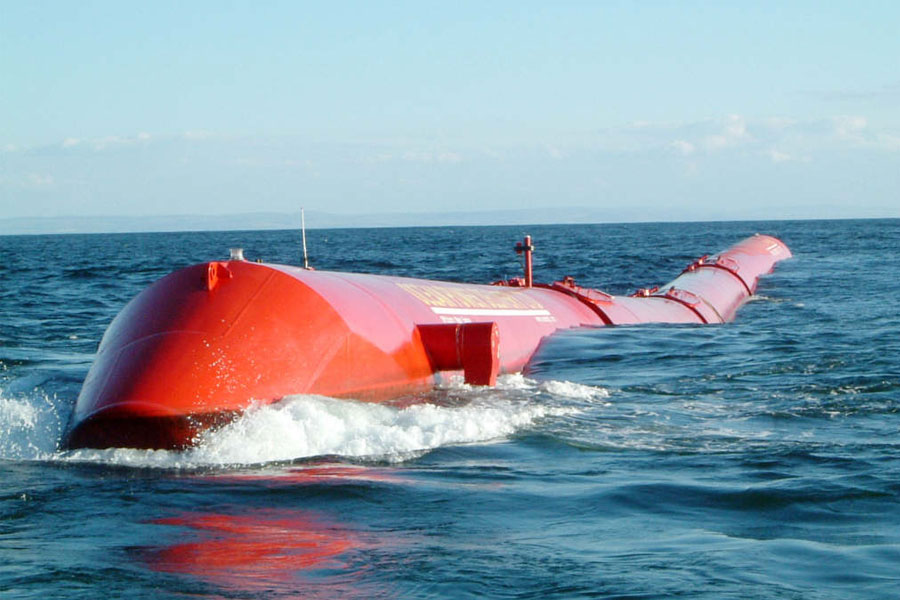SOLAR ENERGY.
- The only pollution that solar panels produce are the result of manufacturing and installation. Solar energy also has the benefit of being very quiet, and they can even be used in remote locations off the national grid. With new technology solar panels can even be used in cloudy weather!
- The initial cost of photovoltaic solar panels cost around $300 per panel, a family of 5 would need around 500 square feet of photovoltaic panels.
- "The environmental impacts associated with solar power can include land use and habitat loss, water use, and the use of hazardous materials in manufacturing, though the types of impacts vary greatly depending on the scale of the system and the technology used -photovoltaic solar cells or concentrating solar thermal plants."
- Wind turbines produce clean energy that is abundant (in some places wind blows 24 hours a day.) Once wind turbines are built they produce no green house gases or pollutants, and the land under them can still be used for agriculture. When more energy is used than produced, electric companies can end up owing you money.
- Wind turbines cost about $65,000.
- "Harnessing power from the wind is one of the cleanest and most sustainable ways to generate electricity as it produces no toxic pollution or global warming emissions. Wind is also abundant, inexhaustible, and affordable, which makes it a viable and large-scale alternative to fossil fuels."
- Biofuels are fuels made of live matter, so they are biodegradable and a renewable source of energy. Biofuels can help reduce the level of greenhouse gases in the air, when fossil fuels are burned they release these gases and carbon dioxide into the air. They also have a positive impact on the economy, and cause engines to have a higher quality.
- Biodiesel from soybeans costs an estimated $2 to $2.50 per gallon to produce. Biodiesel from yellow grease is about $1 a gallon cheaper, but the available supply in the U.S. is much smaller, only enough to make 100 million gallons per year.
- Using biofuels lowers the amount of emissions of cancer-causing toxins, sulfates, particulate matter, and hydrocarbons into the air, their smog creating potential is 50% less than petroleum diesel's.
- Nuclear fusion releases no carbon emissions, and the only by-products are small amounts of helium which won't lead to atmospheric pollution. This is also one of the reliable energy forms, and supplies a larger amount of energy with the same estimated cost as other sources.
- The cost of nuclear fusion is still being determined, because it's not an advanced form of energy yet.
- Nuclear fusions limit the amount of toxins being released into the air and have a much lower pollution percentage.
FUEL CELLS
- Fuel cell energy is extremely clean, and when installed the air is cleaned in the area. Using fuel cell energy is extremely reliable and can reduce fuel costs because of their high efficiency. "High efficiency minimizes the carbon footprint of DFC plants operating on natural gas; DFC plants are generally classified as carbon neutral by regulatory bodies when operating on biogas due to its renewable nature"
- A small hydrogen fuel cell for portable electronic devices can be bought in the United States for less than $100, but it is possible to spend hundreds of thousands of dollars for a large Multi Watt stationary power system.
- Hydrogen fuel cells are environmentally friendly, their only by-product of the energy production is water, meaning they can significantly reduce the pollution and greenhouse gases in the air.
WAVE POWER
- Wave power is power obtained by harnessing the energy produced by the waves at sea, humans harness this power along the coast of the United States, Canada, Scotland, and Australia. It is a renewable form of energy, and are not limited by seasons like other sources. The best upside of wave power is it's multiple ways to be harnessed and the widely available oceans to produce this.
- Unlike dams, wave power structures that are equally long-lived promise good environmental effects. Wave power is renewable, green, pollution-free, and environmentally invisible. Its potential and costs are equal to or better than wind, solar, hydro or biomass power.
GEOTHERMAL
- Geothermal energy is a cost saving form of energy production that limits our dependence on fossil fuels. It produces little to no pollution and can creating economically benefiting job opportunities.
- The average cost of a geothermal pump to be installed is around $42,000 but the system has a 20+ year guarantee.
- Geothermal has a very low environmental impact and causes low CO2 emissions.





No comments:
Post a Comment